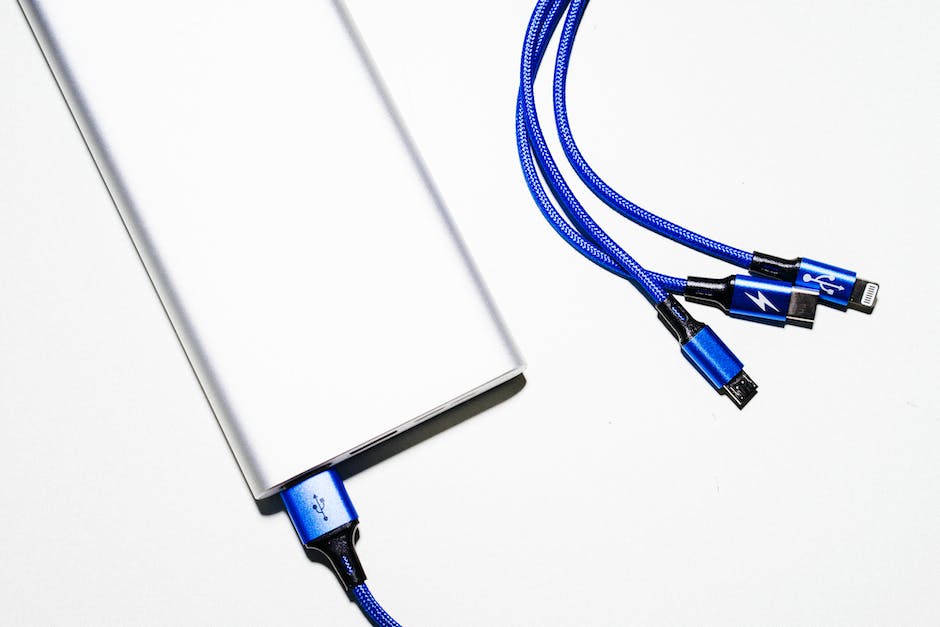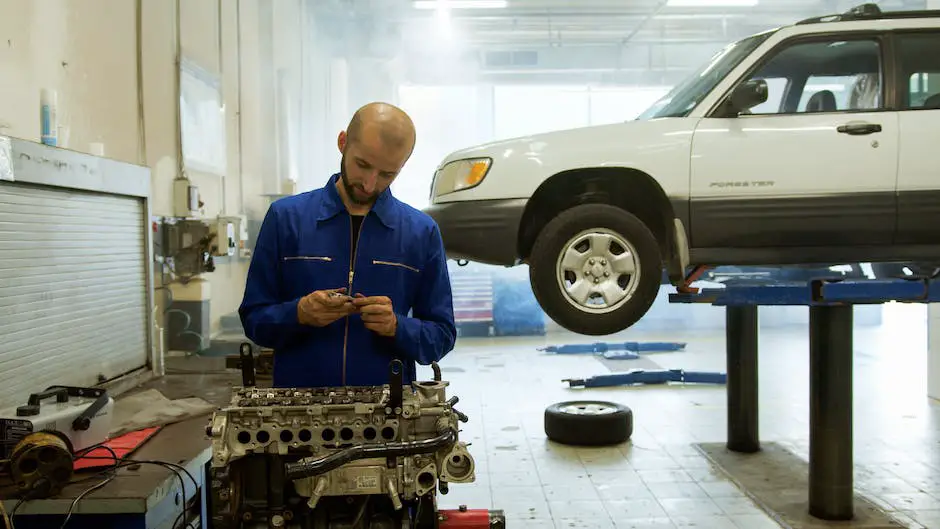Keeping your electric skateboard in tip-top shape is essential for ensuring a smooth ride and prolonging the life of your board. Just like taking care of a pet, regular maintenance of your skateboard’s motor and battery is crucial. Regular upkeep not only keeps your skateboard running efficiently, but it also saves you money and time in the long run. From keeping your motor clean to making sure your battery is charged just right, we’re diving into the basics of electric skateboard maintenance so you can keep rolling without a hitch. Let’s gear up and learn how to maintain your skateboard’s motor and battery with some easy-to-follow steps.
Regular Electric Skateboard Motor Maintenance
Electric Skateboard Maintenance: Keep Your Motor Running Smoothly
Ever wonder how to keep your electric skateboard’s motor in top condition? Regular maintenance is crucial for performance and longevity. Whether you’re cruising the streets or shredding the skate park, these simple steps will ensure your motor remains in great shape.
Electric skateboard motors are pretty durable, but just like any other electric device, they require some TLC to stay in good working order. Here’s how you can maintain your electric skateboard’s motor:
Safety First: Disconnect and Power Down
Before diving into maintenance, ensure your electric skateboard is switched off and the battery is disconnected. Safety is key – you don’t want it turning on while you’re working on it.
Clean the Motor Exterior
Dust and debris can cause your motor to overheat, so keeping it clean is vital. Use a soft brush to remove dirt from the exterior. A can of compressed air can help blow out any stubborn particles.
Inspect for Damage and Wear
Regularly check for any visible signs of wear or damage. Look closely at your motor for loose wires or screws, as these can lead to bigger problems if unaddressed.
Keep Bearings Clean and Lubricated
Smooth-rolling bearings are crucial to a well-functioning motor. Clean any dirt off the bearings with a rag, and use a bearing lubricant for a smooth ride. Don’t over-lubricate; a few drops should do it.
Monitor Motor Temperature
After your ride, feel the motor. If it’s often hot to the touch, it might be working too hard. This could be because of strain from your riding style or because it’s clogged with debris. Adjust your habits and keep it clean.
Replace Worn or Broken Parts
If you notice any components that are worn out or broken, replace them immediately. Riding with damaged parts can put extra strain on your motor and decrease the lifespan of your skateboard.
Keep Software Updated
If your electric skateboard uses a software system, keep it updated. Manufacturers might release updates that can improve motor performance or battery life.
Regularly Charge the Battery
A well-maintained battery promotes motor health. Follow your manufacturer’s guidelines for charging, and avoid letting the battery run completely flat, as this can shorten its life.
By following these simple yet effective steps, you’ll keep your electric skateboard’s motor running smoothly. Just like training a dog or any other discipline, consistency is essential. Look after your motor, and it will look after you – ensuring you can keep riding for years to come. Happy skateboarding!

Battery Care and Charging Habits
Optimal Electric Skateboard Charging Practices
Charging your electric skateboard is a crucial aspect of its maintenance that can significantly impact battery life and performance. Follow these steps to make sure you’re charging your skateboard the right way, ensuring you get the most out of your ride.
Choose the Right Charger: Always use the charger provided with your skateboard. If you need a replacement, get one from the original manufacturer. Mismatched chargers can lead to improper charging and may damage your battery.
Charging Location: Charge your skateboard in a cool, dry area away from direct sunlight. Excess heat or moisture can affect the charging process and potentially harm the battery’s longevity.
Charge After Riding: It’s best to wait for your board to cool down before charging it, especially after a long ride. Plugging it in immediately could cause unnecessary strain on the battery.
Don’t Overcharge: Leaving your skateboard plugged in for too long can cause overcharging, which could reduce the battery’s lifespan. Most modern skateboards have an indicator light to show when it’s fully charged. Once it’s full, unplug the charger from the skateboard and the wall.
Partial Charges are Fine: It’s a common myth that you need to charge your skateboard’s battery fully every time. Partial charges will not adversely affect the battery’s capacity, so feel free to charge it whenever convenient for you.
Avoid Depleting the Battery: Try not to ride your skateboard until the battery is completely dead. Deep discharges can wear out the battery faster. Always recharge the battery before it completely runs out of power.
Maintain Charge in Storage: If you plan on not using your skateboard for a while, charge the battery to around 50% before storing it. This level is ideal for preserving the battery’s health.
Regular Use and Charging: Try to use and charge your skateboard regularly. Batteries can lose their ability to hold charge if left unused for prolonged periods.
Using these best charging practices will help maintain your electric skateboard’s battery health and ensure that you’re always ready to hit the streets smoothly and safely. Remember, consistent care will extend the life of your skateboard and keep it performing at its peak.

Identifying and Addressing Common Motor Issues
Identifying Signs of Motor Issues and Troubleshooting Tips
Look for Unusual Noises: Motors should run smoothly. If you hear grinding, squeaking, or other strange sounds, there’s likely a problem. These could signal anything from a loose part to a lack of lubrication.
Check for Slow or Uneven Performance: When your motor seems sluggish or has trouble starting, it might be straining under worn parts or electrical issues. Uneven performance can also manifest as surges or power dips.
Feel for Excessive Vibration: Motors naturally vibrate when running, but excessive shaking can indicate misalignment or a problem with the motor mount.
Smell for Burning Odors: A burning smell coming from a motor is a red flag. It could mean the motor is overheating due to overuse or wiring problems.
Notice if It Stops Unexpectedly: Motors that stop suddenly could be overheating or experiencing electrical failures. This symptom shouldn’t be ignored, as it can lead to costly damage if not addressed promptly.
How to Fix Them
Addressing Unusual Noises: If you encounter strange noises, power down the motor and check for any obvious loose components. Tighten them if necessary. No improvement? Consult a professional, as the internal mechanics may need expert attention.
Dealing with Slow or Uneven Performance: For sluggish motors, check the power source and connections for any discrepancies. Refer to the user manual for specifics on voltage and power requirements. If these elements are fine, consider seeking a professional’s help to check the internal components.
Fixing Excessive Vibration: Realign the motor if you have the know-how, ensuring everything is balanced and secured properly. If unsure, it’s wise to call a technician. Motor mounts can deteriorate over time, so replacing them may be necessary.
Handling Burning Odors: Immediately turn off a motor that smells burnt to prevent fire risks. Check the wiring insulation for damage and replace if necessary. Persistent or unclear issues merit a call to a professional.
What to Do If It Stops Unexpectedly: Let the motor cool down before inspecting it, as it could be an overheating issue. If cooling doesn’t help, inspect the wiring and connections. For motors with overload protection, reset the system using the instructions manual.
Troubleshooting tips are only the first aid for motor issues. Always be ready to seek professional assistance when you encounter persistent problems or feel out of depth with the complexity of the motor’s operations. Regular maintenance is paramount to prolonging the life of your motor and should be performed diligently, following the manufacturer’s guidelines and schedule. With careful attention to signs and a proactive approach to care, most complications can be addressed before they escalate into major concerns.

Mastering the maintenance of your electric skateboard motor and battery doesn’t have to be a daunting task. With these straightforward tips and a little bit of diligence, you’ll keep your ride running smoothly and extend its lifespan. Remember, regular check-ups and being attentive to your board’s needs are as important as the skills you use to ride it. Keep these guidelines in mind, and you’ll be set for endless electrifying skateboarding adventures. Grab your toolkit and get ready to ride with confidence, knowing that your board is in great shape for whatever journey lies ahead!

